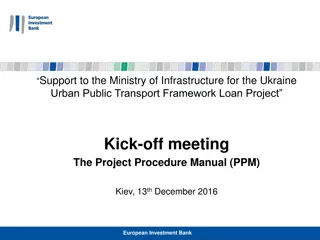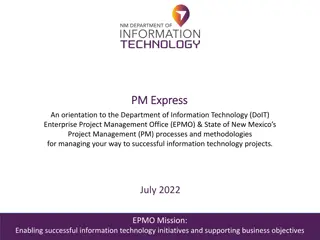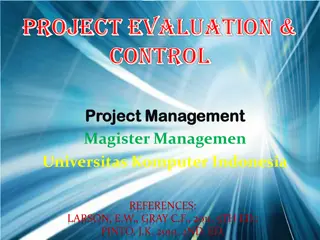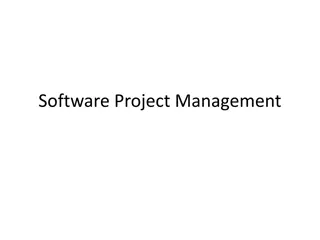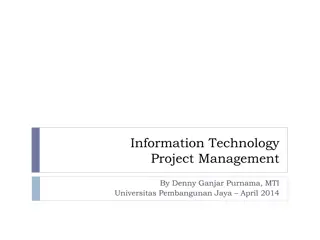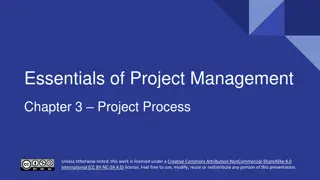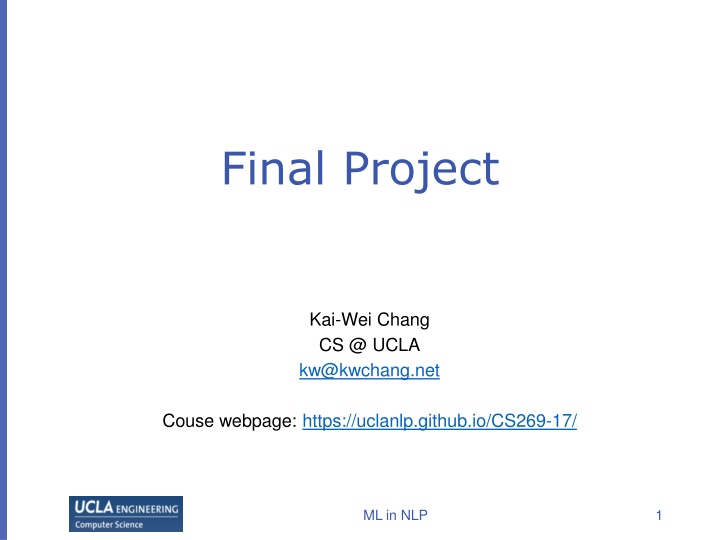
Advanced ML in NLP: Project Guidelines and Tools
Explore the comprehensive guidelines for Machine Learning in Natural Language Processing projects by Kai-Wei Chang at UCLA. The guidelines cover project requirements, proposal, final report formats, project types, general steps, useful tools, and paper summaries from top conferences. Dive into essential steps from defining tasks to improving approaches with practical advice and valuable resources.
Download Presentation

Please find below an Image/Link to download the presentation.
The content on the website is provided AS IS for your information and personal use only. It may not be sold, licensed, or shared on other websites without obtaining consent from the author. If you encounter any issues during the download, it is possible that the publisher has removed the file from their server.
You are allowed to download the files provided on this website for personal or commercial use, subject to the condition that they are used lawfully. All files are the property of their respective owners.
The content on the website is provided AS IS for your information and personal use only. It may not be sold, licensed, or shared on other websites without obtaining consent from the author.
E N D
Presentation Transcript
Final Project Kai-Wei Chang CS @ UCLA kw@kwchang.net Couse webpage: https://uclanlp.github.io/CS269-17/ ML in NLP 1
Requirement #students: 4, group project rubric 5% Proposal 25% Final report 10% presentation ML in NLP 2
Final Report Can be in PDF format, a jupyter notebook, or a webpage. Less than 4 pages. ML in NLP 3
Project types List of potential ideas: https://goo.gl/W9RuoZ Shared task Research project NLP/ML applications Literature survey / Reimplementing Building a library / Demo ML in NLP 4
General Steps 1. Define your task 2. How to evaluate? Where to get data/ how to split data (use pre-split data is possible) / Define your evaluation metric 3. Understand your problem Implement simple baseline and/or existing approaches Error analysis (e.g., https://arxiv.org/pdf/1606.02858v2.pdf) ML in NLP 5
General Steps 4. Implement a non-trivial approach Sanity check / Unit testing / Parameter tuning 5. Analysis Error analysis / Discussion/ Ablation study / Visualization 6. Improve your approach ML in NLP 6
Useful tools https://uclanlp.github.io/CS269-17/resource Machine learning toolbox: Scikit learn, Pytorch, DyNet, Tensorflow NLP toolbox: NLTK, SpyCy ML in NLP 7
Paper summary Individual project Pick a paper from ACL, EMNLP, NIPS, ICML, UAI, AAAI, Example: https://www.salesforce.com/products/einstein/ ai-research/tl-dr-reinforced-model-abstractive- summarization/ https://research.googleblog.com/2017/08/tran sformer-novel-neural-network.html https://github.com/uclanlp/reducingbias/blob/ master/src/fairCRF_gender_ratio.ipynb ML in NLP 8


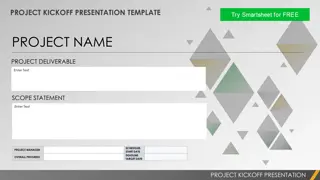
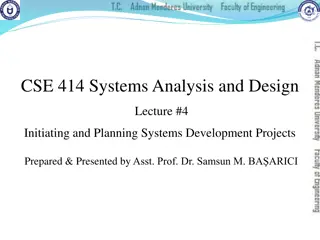
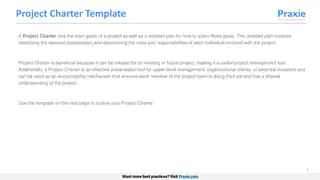
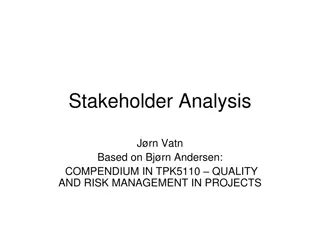
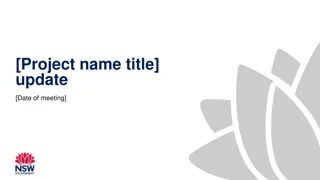

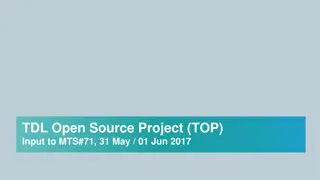
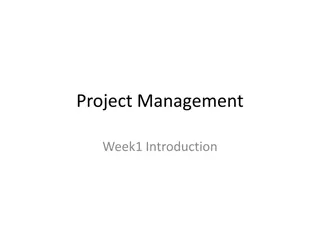


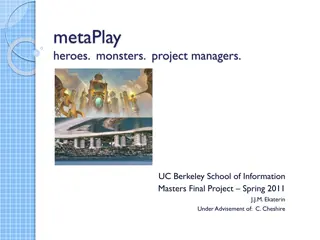
![Project Initiation Document for [Insert.Project.name] [Insert.Project.number]](/thumb/226757/project-initiation-document-for-insert-project-name-insert-project-number.jpg)

